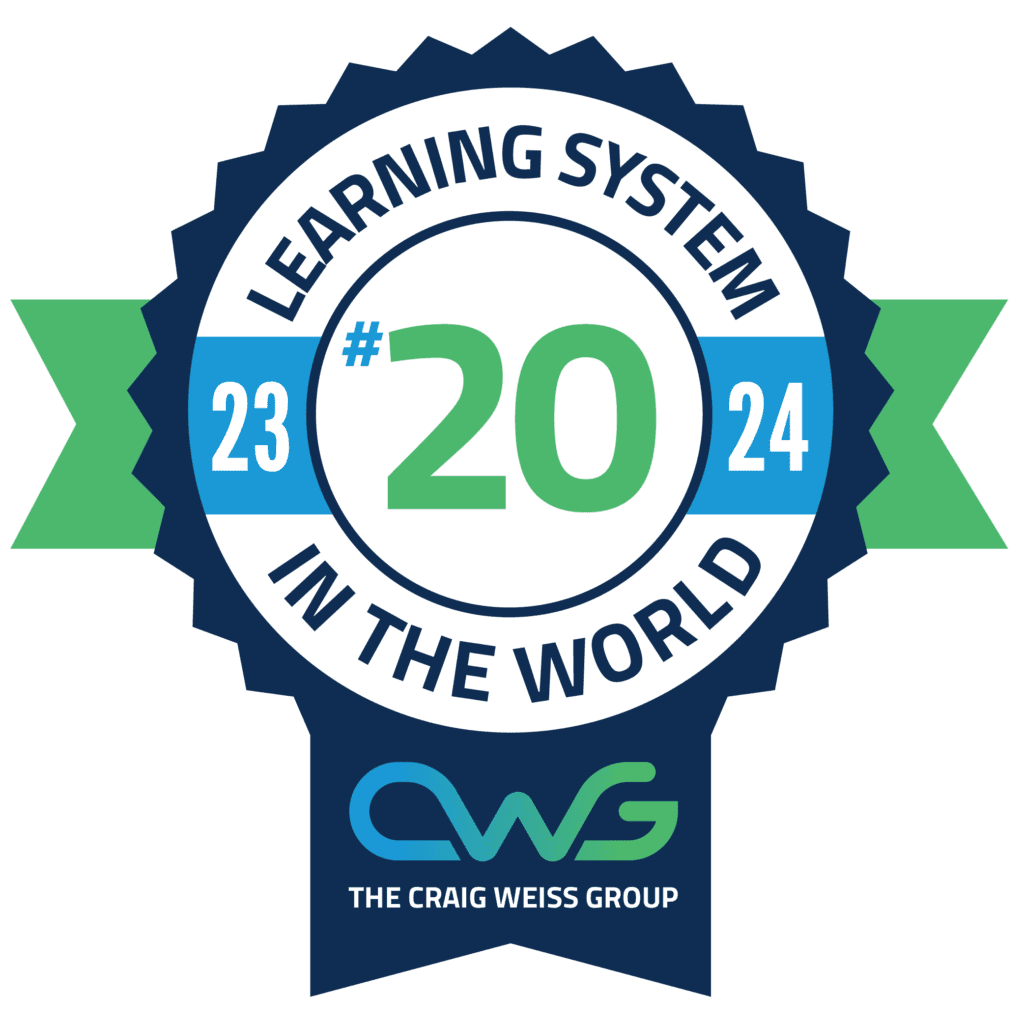Knowledge sharing can bolster innovation and growth within any business or organisation.
Whether you are part of a large corporation or an SME, when everyone is encouraged to share what they know and document their knowledge effectively, you can mitigate risk while increasing efficiency and productivity. 💡
Here we’ll discuss everything you need to know about knowledge sharing and why businesses must adopt a culture that encourages information to be properly documented and readily available for reference.
So what exactly is Knowledge Sharing? 🤔
Knowledge sharing is the exchanging of business-critical information between individuals, teams or organisations.
There are two types of knowledge, explicit knowledge and tacit knowledge.
Let’s take a look at the differences…
What is Explicit Knowledge?
Explicit knowledge is….
- Easily documented and recorded in physical or electronic form. 💻
- It is based on facts and/ or data. 📊
- It is objective and logical. 🧠
- Codified. 💾
What is an example of Explicit Knowledge in the workplace?
💡Anything that you can document easily is categorised as explicit knowledge. 💡
You most likely have an employee handbook or, depending on your industry, a brand guideline document. These are both examples of explicit knowledge as they are documented, tangible sources of truth.
Another example of explicit knowledge sharing in the workplace involves an employee filming a video demonstration of them carrying out a task in a specific way.
This informative video is then uploaded to a dedicated knowledge-sharing platform for other colleagues to watch when they need a recap on this process. Or for new colleagues to watch as part of their onboarding programme.
This knowledge type is pretty straightforward to get your head around, but how much do you know about tacit knowledge…🤔
What is Tacit Knowledge?
Tacit knowledge is…
- Based on personal experience. 💁🏻♀️
- Challenging to record or document. 🗒
- Subjective to an individual’s skills, experiences and intuition.🧏🏼
- Non codified. 💾
Coined by the chemical engineer turned scientist Michael Polanyi in his 1958 book Personal Knowledge, tacit knowledge is gained through experience. It is non-documented and somewhat difficult to express as it may be affected by personal bias.
Tacit knowledge is expressed through…
- Behaviour.
- Actions.
- Habits.
- Routines.
- Instincts.
- Intuitions.
What is an example of tacit knowledge in the workplace?
An example of tacit knowledge in the workplace is somebody’s personal management style. Organically acquired leadership skills are more often than not based on previous experience, making them challenging to teach others.
Perhaps you have asked a member of management how they approach a particular task, such as a 1-2-1 review. They may only tell you their process in a very vague way as they work from experience, not documentation.
If you want to adopt their method, it will be hard for you to follow it like for like.
However…
If this knowledge were digested, agreed upon and documented, it would be far easier for you or any other team member to follow along and execute.
This brings us to the benefits of knowledge sharing…
What are the benefits of knowledge sharing?
Essential knowledge is all around us in the workplace, from routine procedures to critical processes. Employees may be reluctant to share knowledge which can, in turn, cause problems for the organisation.
According to Deloitte: “In a world where knowledge equals power, many workers feel that holding on to their specialised knowledge allows them to safeguard their worth. To combat this, organisations can cultivate an ethos that helps people recognise that sharing their knowledge makes them more relevant, not less.”
It is within the interest of a business or organisation to share knowledge, whether it is explicit knowledge or tacit knowledge.
Knowledge sharing is essential as it helps mitigate risk.
Suppose all of the core information documented on company processes and procedures were stored in just one person’s head.
What happens if the critical information holder leaves the business or gets hit by a bus on their way to work? 🚩🚩
And how would anyone else within the organisation have the opportunity to learn and develop their careers if things are only done how another individual feels things should be done? 🤷🏽♂️
No organisation should find itself in this position.
Sharing knowledge is a two-way street that builds collective data and has meaningful benefits for the person sharing the information and the recipient.
By creating a shared understanding, employees have defined goalposts and a confident sense of what is expected of them within the constraints of the organisation. 🫶🏻
This is why recording knowledge in a dedicated knowledge-sharing platform is a brilliant innovation for your organisation.
A professional learning hub records and stores knowledge following team meanings or client workshops so knowledge cannot be lost or misremembered.
Here are a few more reasons why knowledge sharing is essential for your learning culture…
✅ Knowledge sharing saves time onboarding new starters.
Generally speaking, onboarding new starters takes a long time to bring them up to speed, not to mention the time required from other staff members to show them the internal systems and specific processes necessary to carry out their roles.
✅ Knowledge sharing helps staff members to build skills quickly and more effectively.
Employees want to work in a place that nurtures their raw skills to enable them to climb the ladder in their careers. Knowledge sharing helps them demonstrate this, ultimately leading to employee retention.
✅ Knowledge sharing helps to maintain synchronised teams.
If best practices and insider knowledge are shared, it leads to clearer paths towards scaling success across different teams within your organisation.
Improve Knowledge Sharing in your organisation with Thirst 💪🏼
Thirst’s AI-enabled learning hub is the perfect place to store engaging and relevant content for your entire workforce.
Wave goodbye to pages and pages of documentation that are hard to find and boring to read; Thirst offers an immersive experience that will capture your employee’s attention.
Employees can work faster and smarter, all thanks to the ability to easily access knowledge through insights, resources and company-wide expertise.
Moreover, Thirst can help you pinpoint knowledge and skills gaps across individuals and teams, making your team more considered and accurate in their output.
But don’t just take our word for it…Over 100 L&D teams trust Thirst to support knowledge sharing within their organisation. Check out their stories here
Want to try it for yourself?
Get a free 1:1 demo of the Thirst platform now. Try Thirst today to enjoy unrestricted learning and unlimited possibilities.
For more e-learning insights, resources and information, discover the Thirst blog.
You may also enjoy:
The Ultimate Guide to Faster Employee Onboarding | 7 Ways to Identify Knowledge & Skills Gaps in Your Workforce | Skills vs Competencies: What Are the Key Differences?







